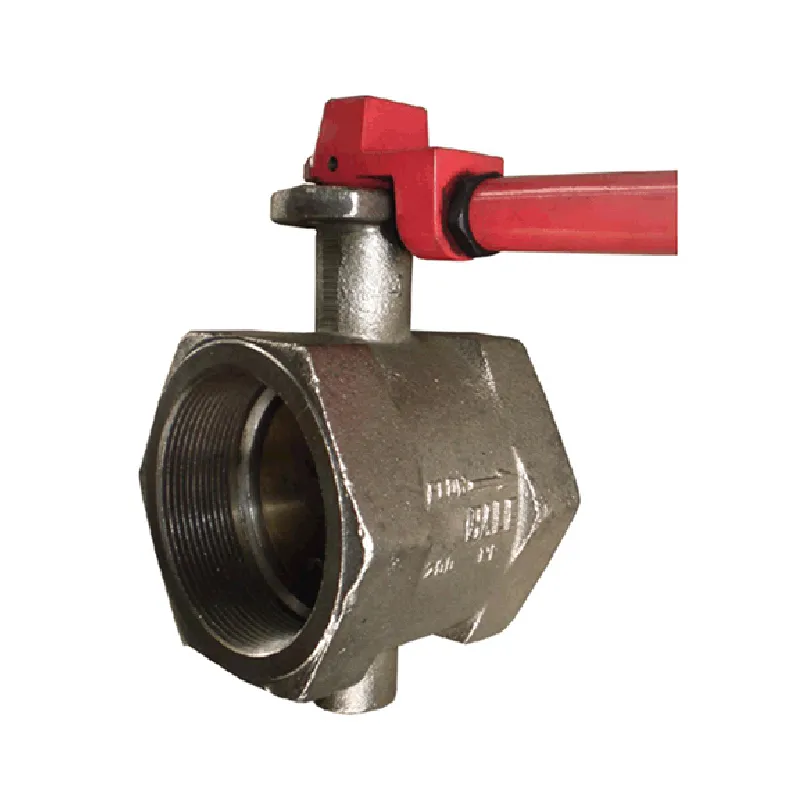9 月 . 23, 2024 05:43 Back to list
basket strainer
Understanding Basket Strainers Essential Components in Fluid Systems
Basket strainers are crucial components in various fluid systems, primarily used to prevent contaminants from entering pipelines and equipment. Their design and function make them an indispensable part of many industrial applications, including water treatment, chemical processing, and HVAC systems.
A basket strainer typically consists of a metal or plastic basket with perforations or mesh screens designed to trap debris and solid particles from liquids. When fluid flows through the strainer, contaminants are captured in the basket while allowing the clean fluid to pass through. This filtering process protects downstream equipment, such as pumps, valves, and other machinery, from damage and malfunctions caused by foreign particles.
One of the key advantages of using basket strainers is their efficiency in handling large volumes of fluid. They can be designed to accommodate various flow rates, making them suitable for diverse applications. Additionally, basket strainers are available in a range of sizes and materials, allowing for customization based on specific system requirements. Stainless steel, for instance, is a popular choice due to its durability and resistance to corrosion, making it ideal for harsh environments.
basket strainer

Maintenance is another important aspect to consider when dealing with basket strainers. Regular inspection and cleaning are necessary to ensure optimal performance. Most basket strainers are equipped with a simple mechanism that allows for easy access to the basket. Users can remove the basket, clean it, and replace it without needing extensive downtime, which is critical in maintaining system efficiency.
The placement of basket strainers within a system also plays a vital role in their effectiveness. Typically installed at the inlet of pumps or near sensitive equipment, their strategic location helps to prolong the life of expensive machinery and minimize operational issues. In some cases, multiple basket strainers may be used in series to enhance filtration, especially in applications where the risk of contamination is high.
Additionally, the choice of the strainer's filtration level is essential. Depending on the application, the mesh size can be adjusted to filter out specific particle sizes. For example, a finer mesh may be required in systems handling high purity fluids, while a coarser mesh might suffice in industrial applications where larger particles are the main concern.
In conclusion, basket strainers are vital for protecting fluid systems from contaminants, ensuring the longevity and efficient operation of equipment. Their versatility, ease of maintenance, and functionality make them a popular choice across various industries. By understanding their operation and benefits, operators can better implement these components to enhance system performance and reliability. Proper selection, installation, and maintenance of basket strainers can lead to significant improvements in operational efficiency and reduction in downtime.
Share
-
Understanding the Differences Between Wafer Type Butterfly Valve and Lugged Butterfly ValveNewsOct.25,2024
-
The Efficiency of Wafer Type Butterfly Valve and Lugged Butterfly ValveNewsOct.25,2024
-
The Ultimate Guide to Industrial Swing Check Valve: Performance, Installation, and MaintenanceNewsOct.25,2024
-
Superior Performance with Industrial Swing Check Valve: The Essential Valve for Any SystemNewsOct.25,2024
-
Industrial Swing Check Valve: The Ideal Solution for Flow ControlNewsOct.25,2024
-
You Need to Know About Industrial Swing Check Valve: Functionality, Scope, and PerformanceNewsOct.25,2024